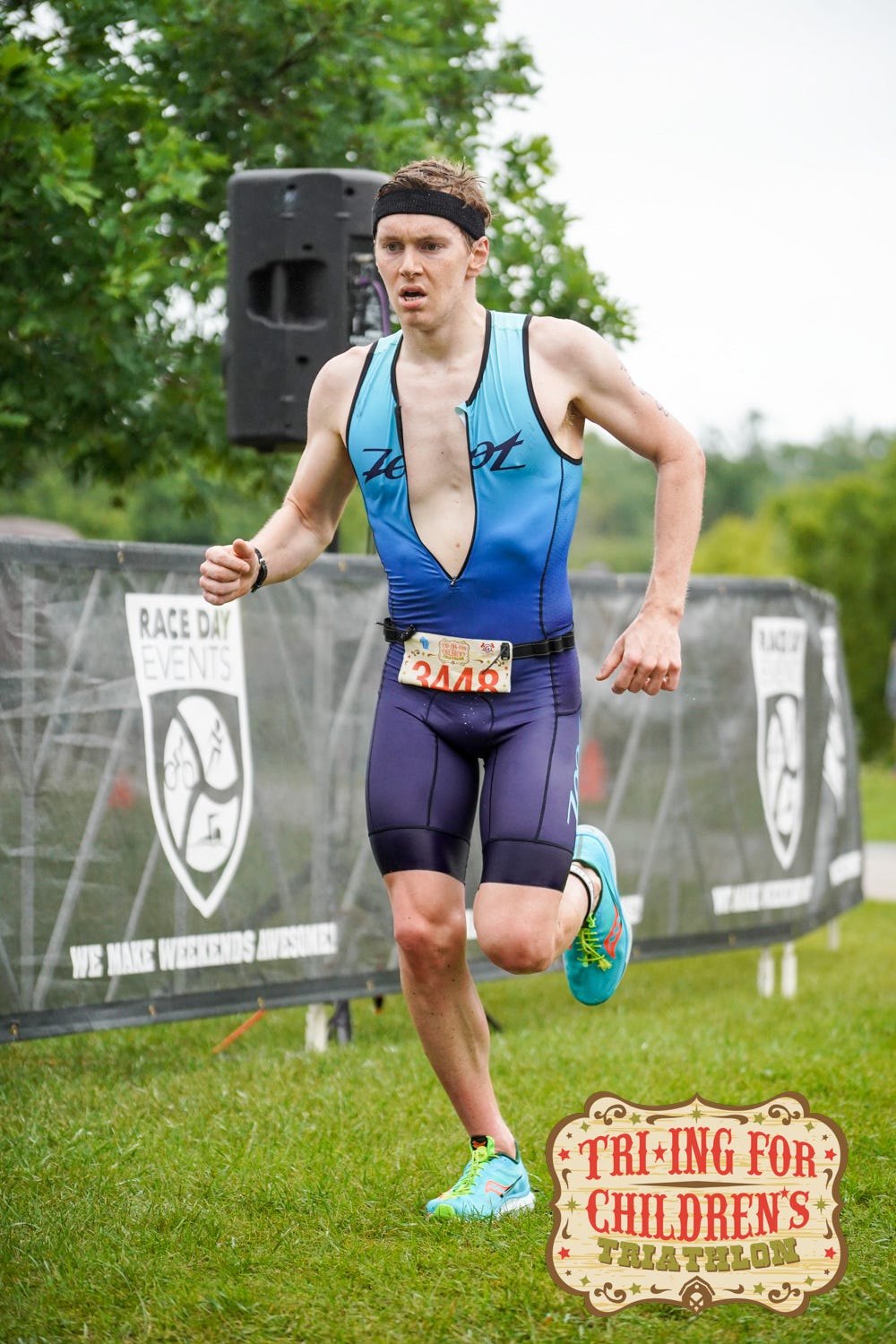Spring and summer races are approaching, and you may be planning your taper. A widely debated topic in the endurance community, tapering lacks a one-size-fits-all approach.
Athletes succeed with tapers ranging from 5 days to 3 weeks, and the physical benefits can sometimes be overstated compared to the mental boost from reduced training stress.
This week, we explore what tapering is, what it isn’t, and guidelines for designing your own.
What is taper?
Simply put, taper is the gradual “tapering off” of training load to put the finishing touches on all of the hard work done in the weeks prior to the event.
I like to think of phrases such as“freshening” or “sharpening”. Intensity often stays in the program and becomes smaller in dosage as the race day approaches. Keeping the engine running hot is important.
What it is NOT
It should be noted that the taper is not a saving grace. If you are too far in the hole from training, the unloading is not going to be as effective as it could be. Months of smart and intentional training preceding taper time are far more critical.
Taper is also not a time to totally shut down. As mentioned above, some intensity is recommended. The volume of that intensity may be less, but keeping your training schedule as normal as possible is helpful for the body and the mind.
Where to focus
The intent of this period in the training is to freshen up and feel great. Seems easy, right? However, each athlete is different, and this is where the great debate lies.
Due to such debate, there are not many hard and fast rules to tapering, but a few guidelines for the athlete looking to compete in his or her first triathlon may be helpful:
Some of the reduction in training provides a mental edge for succeeding on the day.
Some fitness is lost in the taper process, but this is intentional, and the gains made in freshness do outweigh the losses in fitness.
Intensity often stays high during taper but the total amount of intensity in the weeks or days of taper is less than normal volume. Do not start doing sprint intervals if you have not been doing those in the normal training.
Base or general aerobic training makes up less of the athlete’s training during this time. The focus is either on executing important sessions or resting. Panic training does not exist.
One rule that I like is that 10 days before the event, there are no more gains in fitness to be made. You are stuck with what you have got! This advice can ease the mind of the anxious athlete and prevent them from doing too much during the taper period.
If one thing is for sure during taper, it is that doing more will not be helpful for competing and succeeding on race day.
Relax. The work has been done!
Endurance friends, Elite Edge recently teamed up with Intrachew which is an up and coming sports nutrition brand. Tastes great, convenient packaging, and versatile. There is a promo link if you click the photo below that gets you 20% off at checkout using code MAX20.





